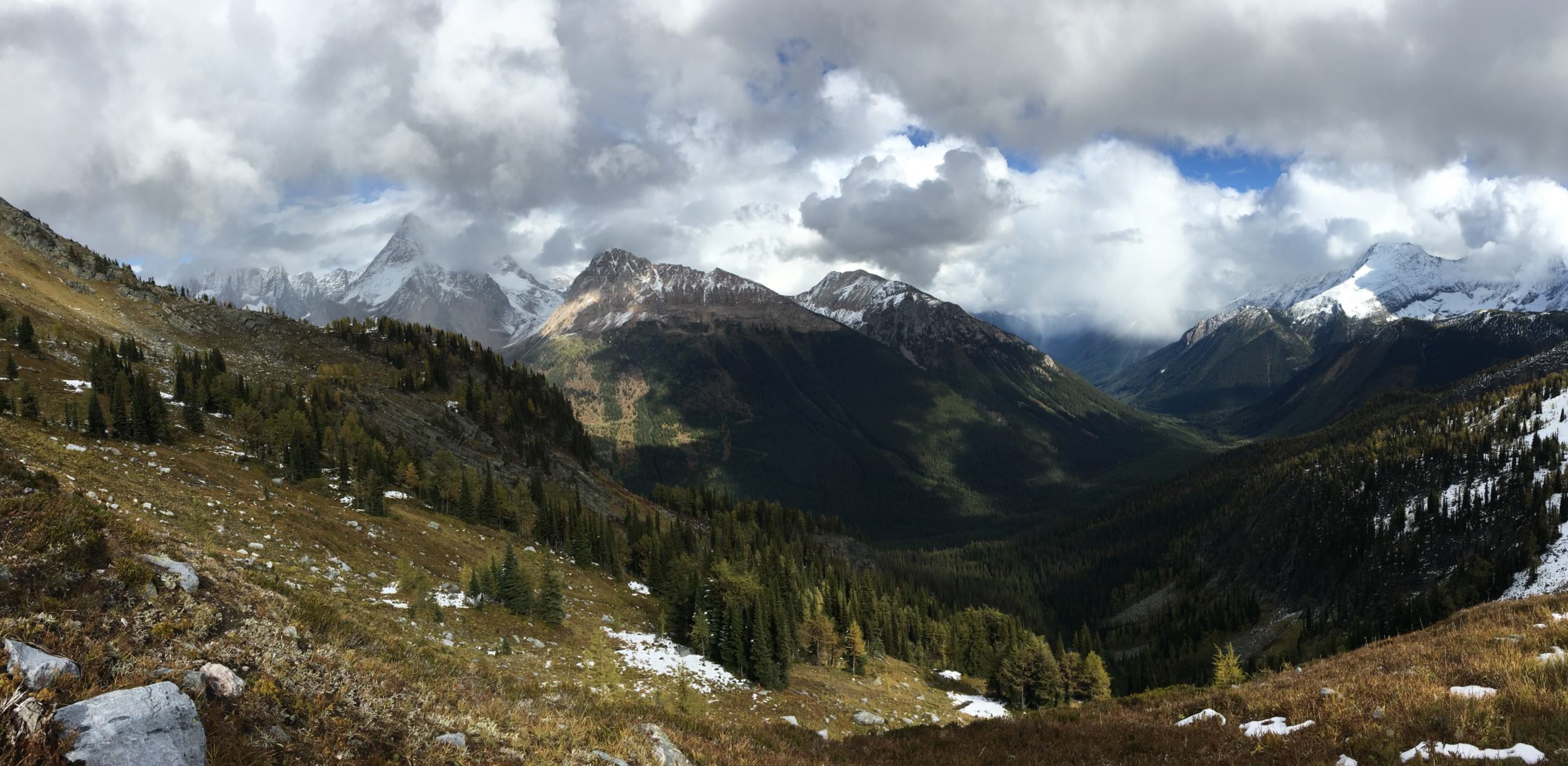Researchers identify Canada's unprotected conservation hot spots
January 5, 2021

January 5, 2021

A first-of-its-kind mapping project is highlighting the most important areas that provide Canadians with freshwater, recreation and carbon storage—including vital locations that aren’t currently being protected.
“Most research that studies the benefits people get from nature only evaluates where nature has the potential to produce these benefits,” says Dr. Matthew Mitchell, lead author of the paper with the Institute for Resources, Environment and Sustainability at the University of British Columbia (UBC).
“Because we also map human access and demand, we identify where people actually receive these benefits—like key locations producing water that people use for drinking, farming or hydroelectricity. Governments need to know both of these things in order to take action that protects human well-being.”
The research was published today in Environmental Research Letters by a multi-institutional team from UBC, McGill University, Carleton University, and from the Yellowstone to Yukon Conservation Initiative.
Currently, conservation decisions in Canada don’t often include information on the benefits that nature provides to people. This means that conservation actions are missing opportunities to protect important areas that provide freshwater (for irrigation, drinking or hydroelectricity), climate regulation (like forests and wetlands that act as carbon sinks) or opportunities for human recreation.
Despite the size of the country, only slightly over half a per cent of Canadian land (approximately 56,000 square kilometers) offers all these benefits in one place. What’s more, one-half to two-thirds of the hotspots identified overlap with current or planned resource extraction such as logging, mining or oil and gas development.
“This research is especially timely as Canada just committed to protecting 30 per cent of the country by 2030 and research like this is required to help all levels of government design conservation plans that ensure both people and nature thrive,” says McGill researcher and paper author Dr. Elena Bennett.
The paper highlights multiple places across Canada as important for one or more ecosystem services: the forests of British Columbia and the Hudson Bay lowlands that store carbon; north-central Quebec, the eastern mountains of British Columbia, and the north shore of Lake Superior for freshwater; and the Rocky Mountains, eastern Ontario and southern Quebec for nature-based recreation.
“Canada is grappling with where and how to protect nature,” says Dr. Aerin Jacob, co-author and conservation scientist, at the Yellowstone to Yukon Conservation Initiative. “Just one example of how this research could be used is in western Alberta. Our research shows that the Eastern Slopes of the Rockies is one of the most important places across the whole country for its combination of freshwater, carbon storage, and recreation — not to mention important wildlife habitat — and yet parks are being closed and the area is at risk from coal mining and other threats. Governments at all levels need to make smart decisions to ensure that people and nature can thrive.”
We honour xwməθkwəy̓ əm (Musqueam) on whose ancestral, unceded territory UBC Vancouver is situated. UBC Science is committed to building meaningful relationships with Indigenous peoples so we can advance Reconciliation and ensure traditional ways of knowing enrich our teaching and research.
Learn more: Musqueam First Nation